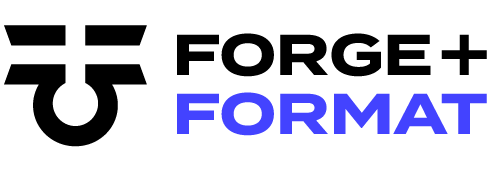Client:
media:
TAGS:
media:
TAGS:
DOCUMENTATION IN PROGRESS
"Membrane" is a project that resulted from a sizeable dataset of hands trained in pix2pix (approximately 1,400 images, 2,800 including the corresponding "edge" images). After training for 200 epochs, images of isolated sculptures treated with the same edge-detection used for the hands were used to generate "flesh-y" versions of themselves, then composited with the original images they were isolated from to suggest a legitimate physical presence.
This project was, I suppose, inspired by an earlier project of this semester in which we were to photograph 100 (?) images of our own hands in various positions to be contributed to a larger dataset — at that time I was unfamiliar with Scott Eaton's work, which this final product so coincidentally represents.
My original vision for "Membrane" was to incorporate the "flesh-y" appearance into Tony Cragg's large body of sculptural works, which are both suitably organic in form and thoroughly documented. However, it was pointed out early on that as interesting as the results may be, the idea would be conceptually shallow with no significant reason for selecting Cragg's work over that of another abstract sculptor.
I then considered the original dataset in relation to the entire human body. I wanted my dataset to be composed of complete bodies at first, though quickly realized the difficulty in assembling a large quantity of images of nude figures. This led me to hands as an alternative: with their various formal intricacies including both fleshy and structural elements, they might function as a stand-in for the remainder of the human form — from which I was really only interested in the general appearance of flesh to begin with, rather than visibly different features like eyes or hair.
With the intention of representing the entire human body with only a fraction of its form, it was logical to apply the aesthetics of the fully-trained model to abstract human sculptures — those that are intended to capture the human likeness to some extent without being complete or literal. The current images that reflect this new conceptual direction are two of Henry Moore's sculptures, though I intend to explore its application to the work of other artists in the future.
This project was, I suppose, inspired by an earlier project of this semester in which we were to photograph 100 (?) images of our own hands in various positions to be contributed to a larger dataset — at that time I was unfamiliar with Scott Eaton's work, which this final product so coincidentally represents.
My original vision for "Membrane" was to incorporate the "flesh-y" appearance into Tony Cragg's large body of sculptural works, which are both suitably organic in form and thoroughly documented. However, it was pointed out early on that as interesting as the results may be, the idea would be conceptually shallow with no significant reason for selecting Cragg's work over that of another abstract sculptor.
I then considered the original dataset in relation to the entire human body. I wanted my dataset to be composed of complete bodies at first, though quickly realized the difficulty in assembling a large quantity of images of nude figures. This led me to hands as an alternative: with their various formal intricacies including both fleshy and structural elements, they might function as a stand-in for the remainder of the human form — from which I was really only interested in the general appearance of flesh to begin with, rather than visibly different features like eyes or hair.
With the intention of representing the entire human body with only a fraction of its form, it was logical to apply the aesthetics of the fully-trained model to abstract human sculptures — those that are intended to capture the human likeness to some extent without being complete or literal. The current images that reflect this new conceptual direction are two of Henry Moore's sculptures, though I intend to explore its application to the work of other artists in the future.
